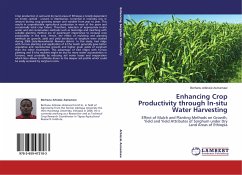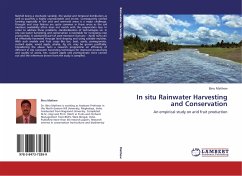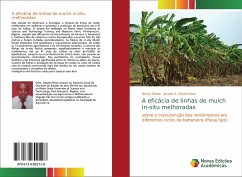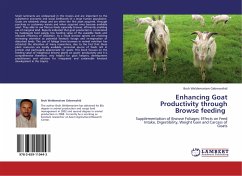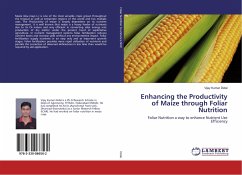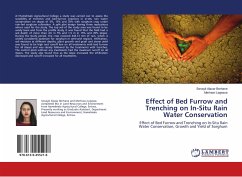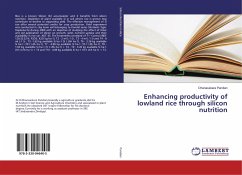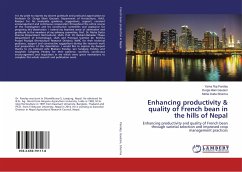Crop production in semi-arid dry land areas of Ethiopia is totally dependant on erratic rainfall - uneven in distribution, torrential in intensity, low in amount during crop growing season and variable from year to year. This results in unpredictable agricultural production in most of the years and occasionally total crop failure. Therefore, selection of appropriate in-situ water and soil conservation methods such as tied-ridge and mulching with suitable planting method are of paramount importance to increase crop productivity in the area. Hence, the effect of mulching and planting methods on growth, yield and yield attributes of sorghum were studied during 2006 (July-November)at Alamata district. In this study, tied ridge with furrow planting and application of 6 t/ha mulch generally gave better vegetative and reproductive growth and higher grain yields of sorghum than the other treatments. This advantage of tied ridges with furrow planting and 6 t/ha mulches might be due to more water accumulation in furrows, most probably by reducing soil water losses and evaporation which later allows to infiltrate down to the deeper soil profile which could be easily accessed by sorghum roots.

